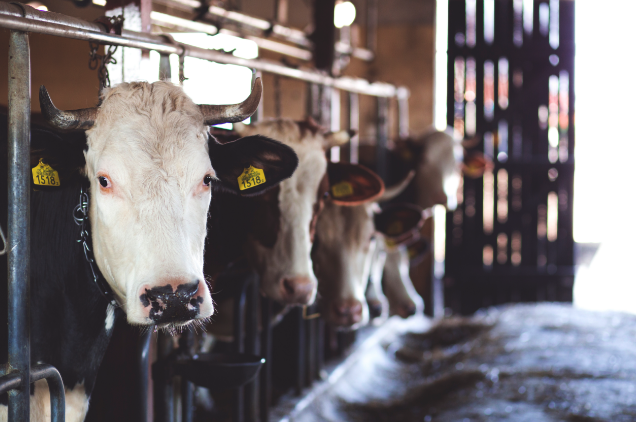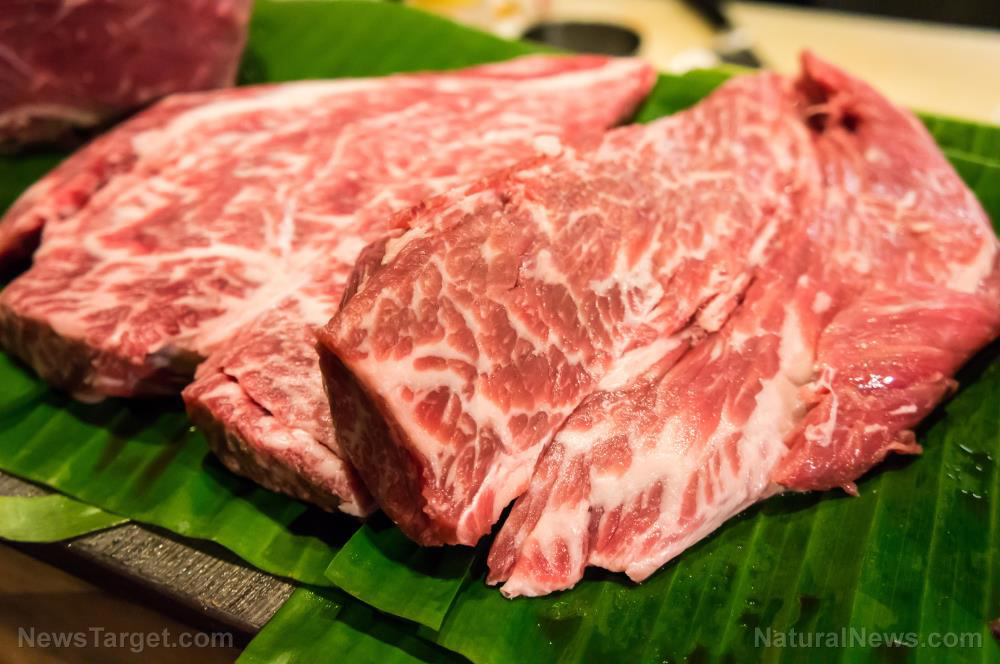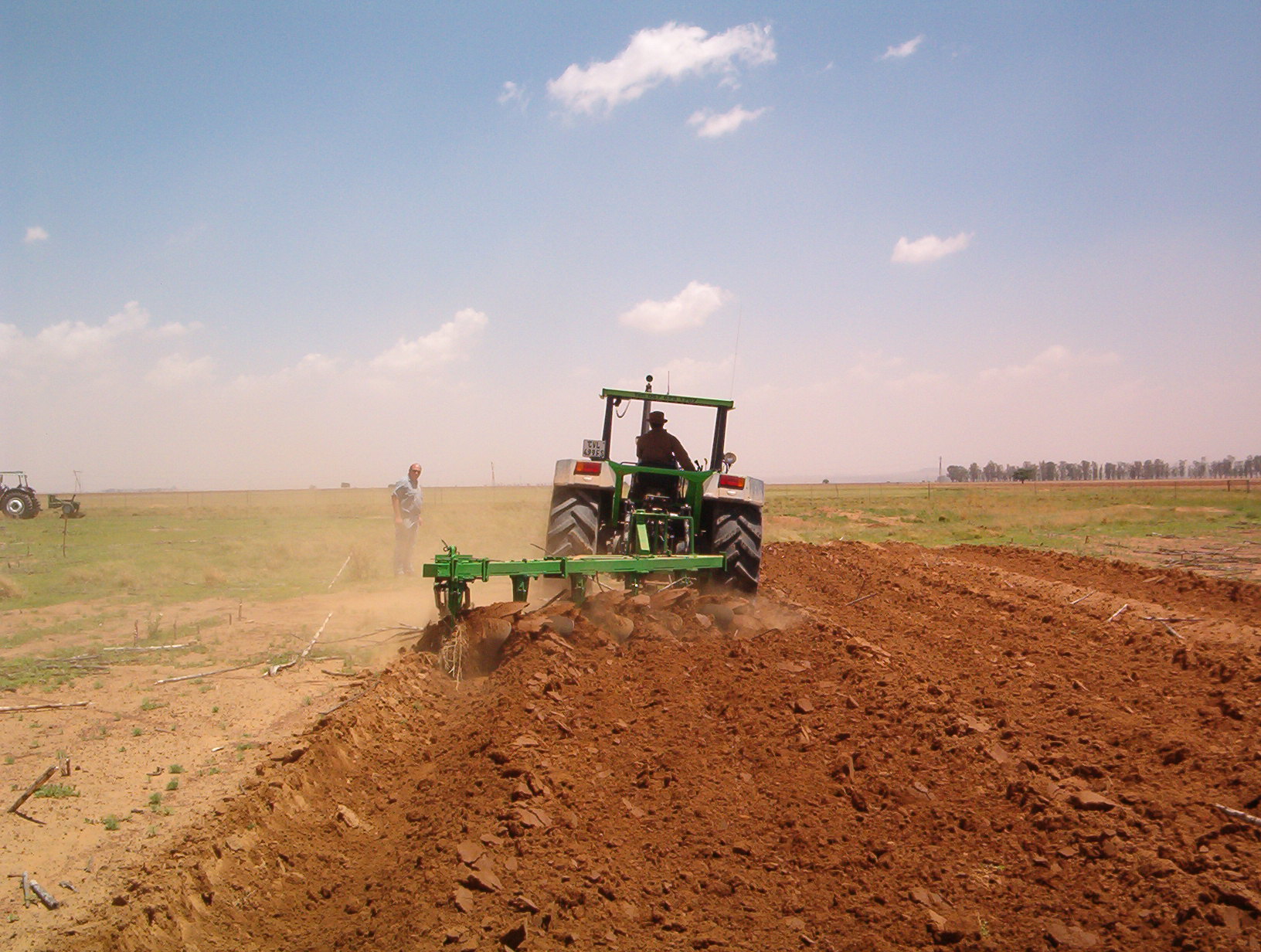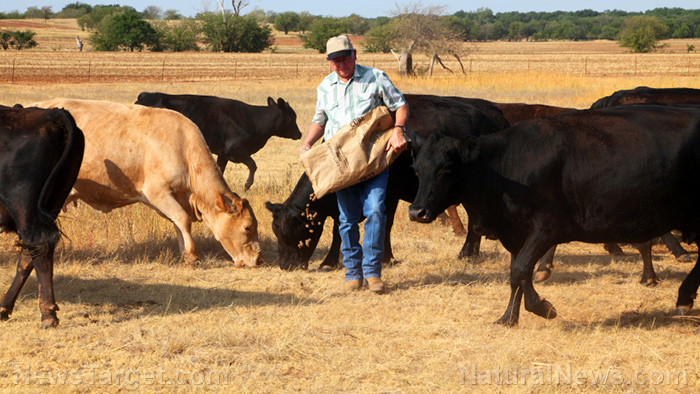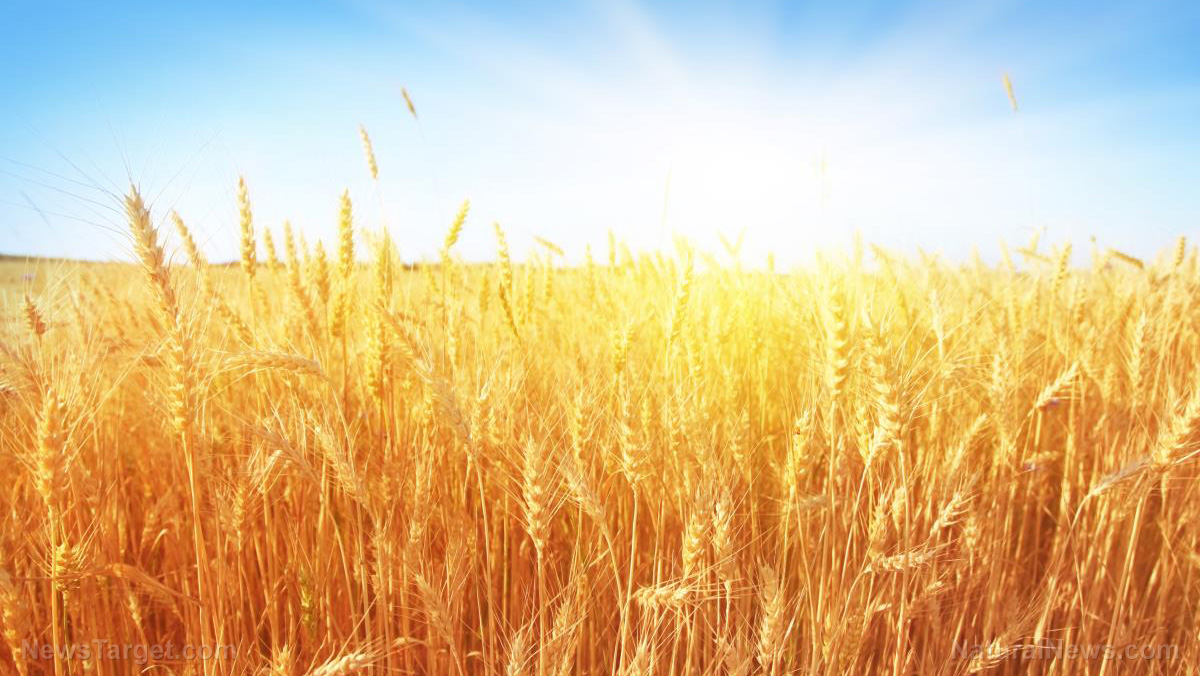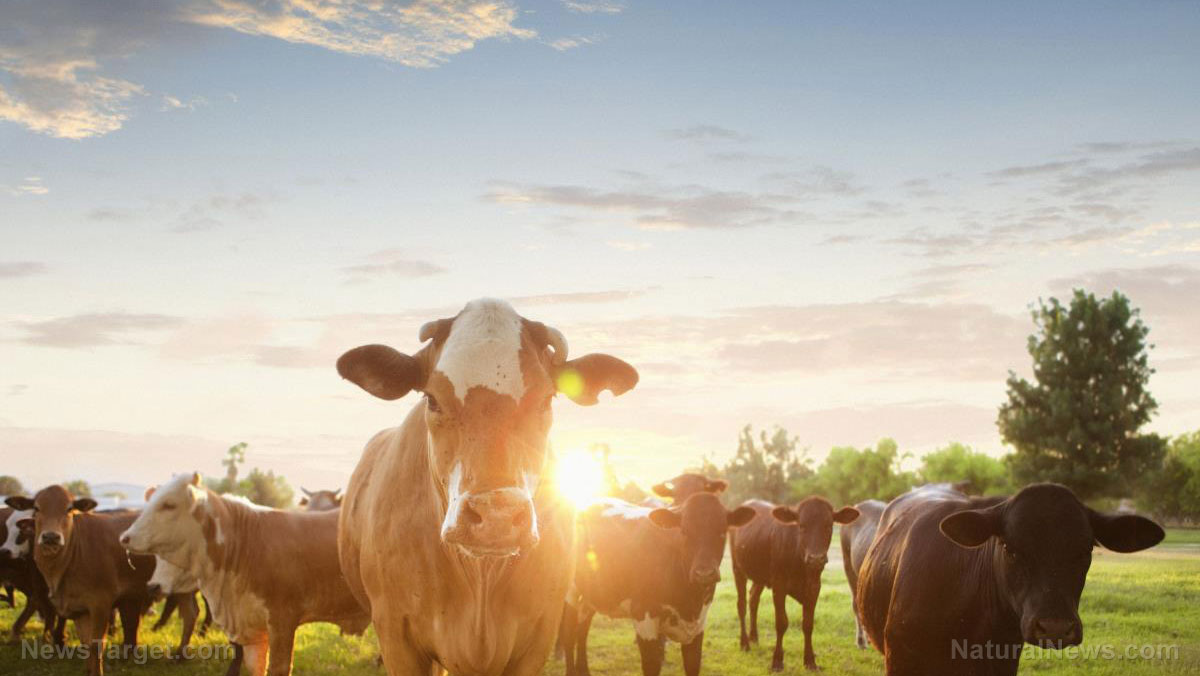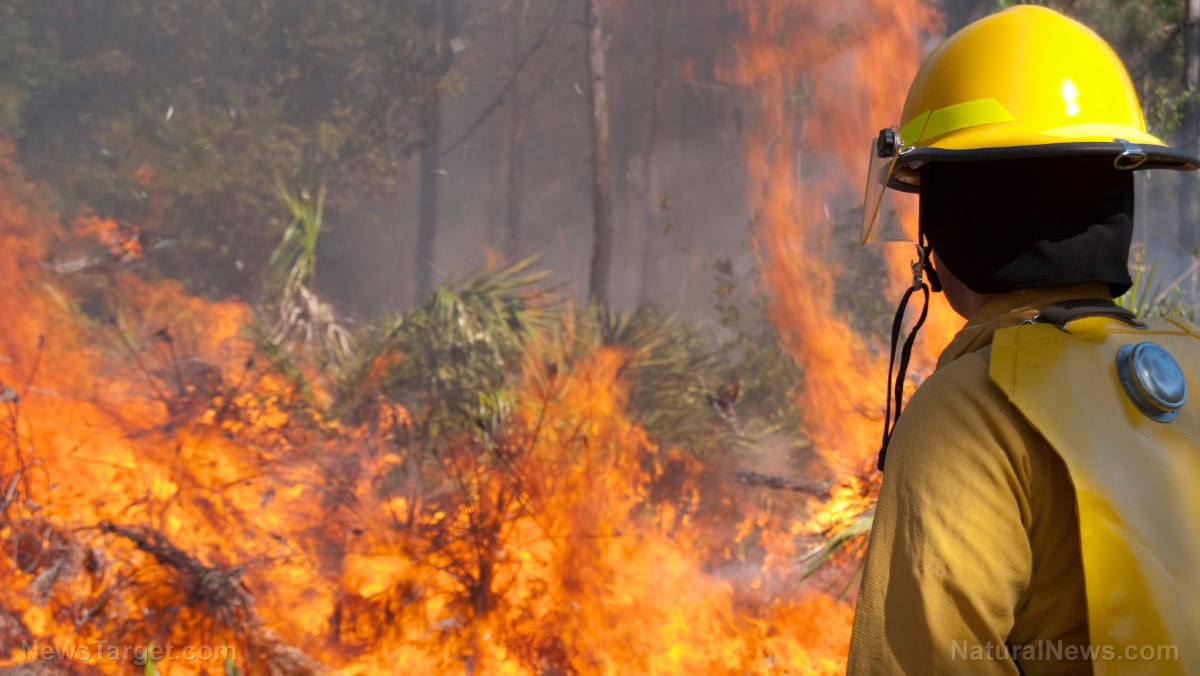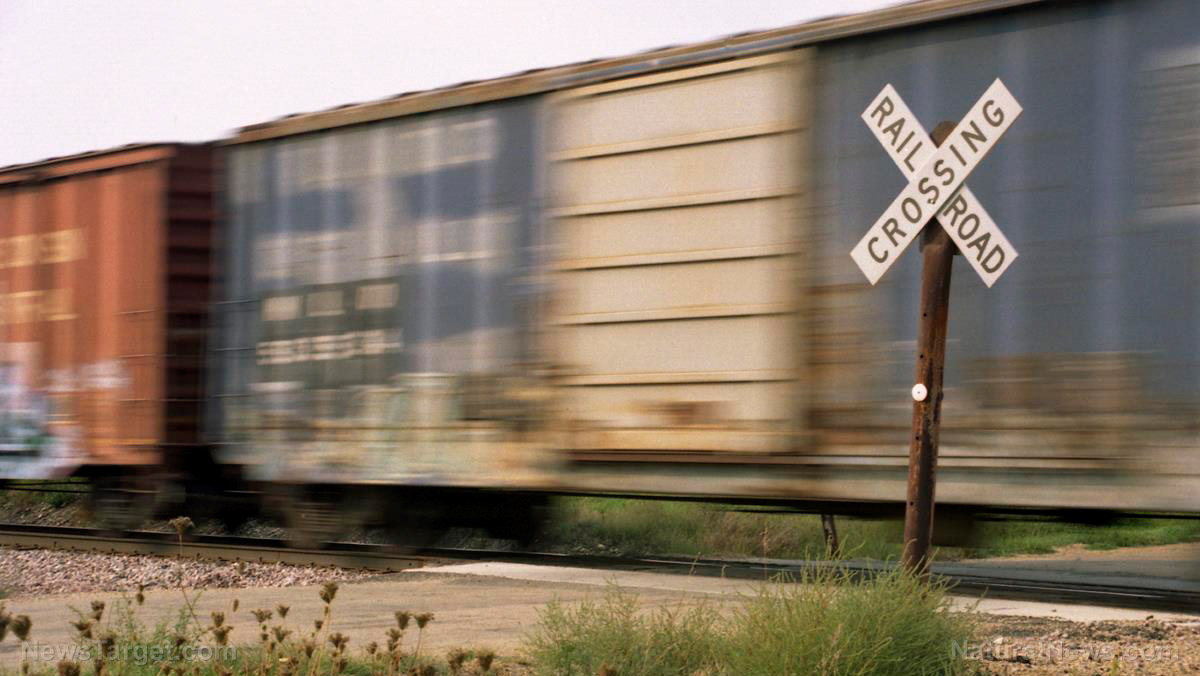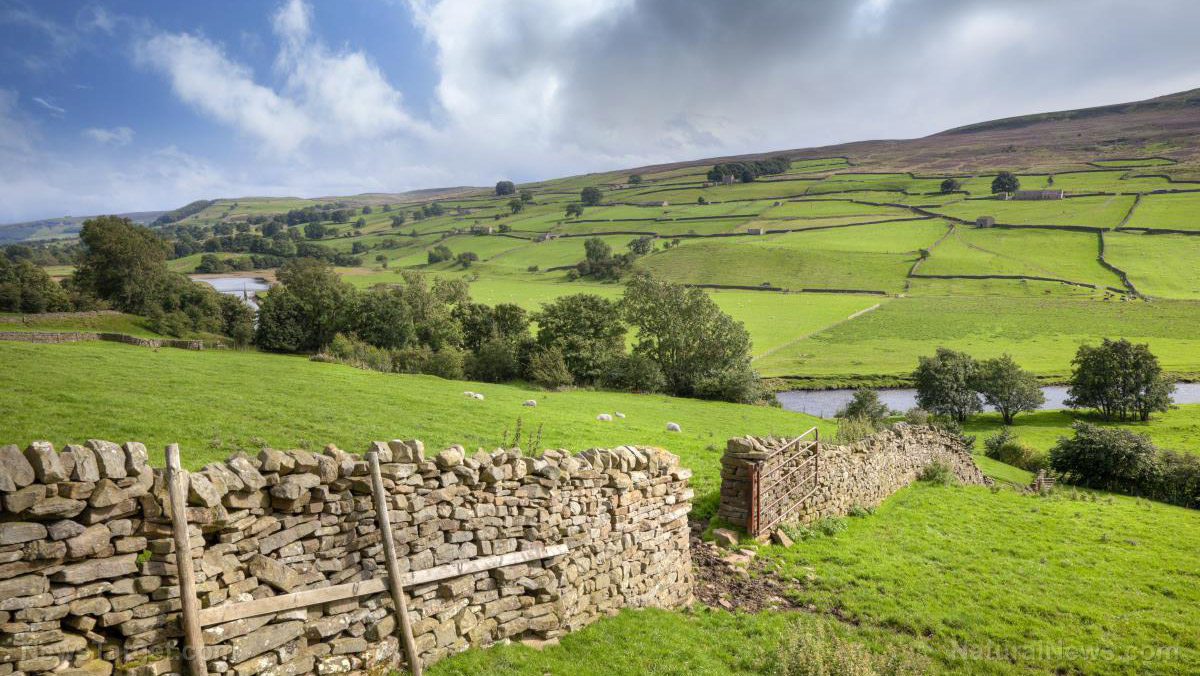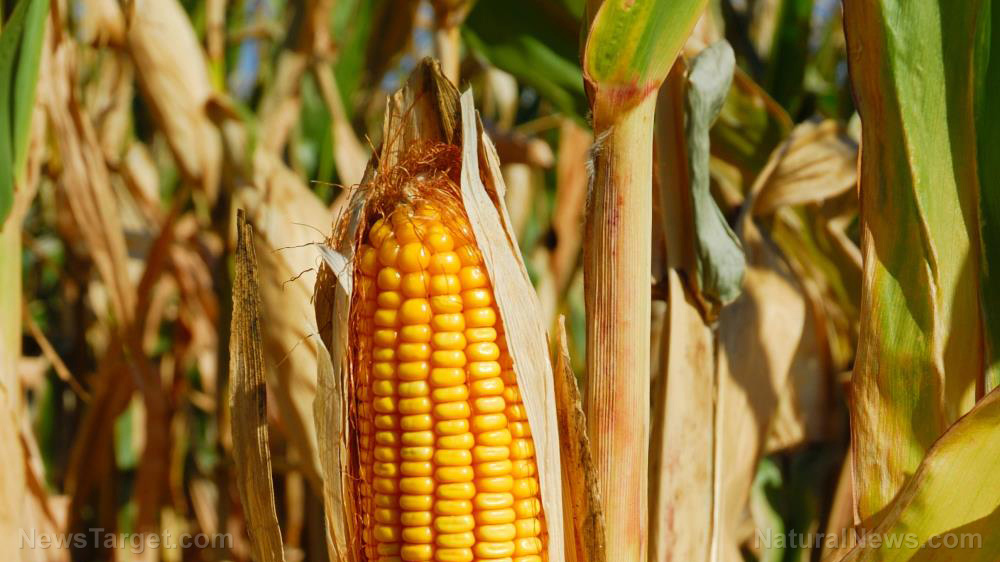US crops, cattle herds at risk due to “intense heat and dry conditions”
07/26/2022 / By Ethan Huff
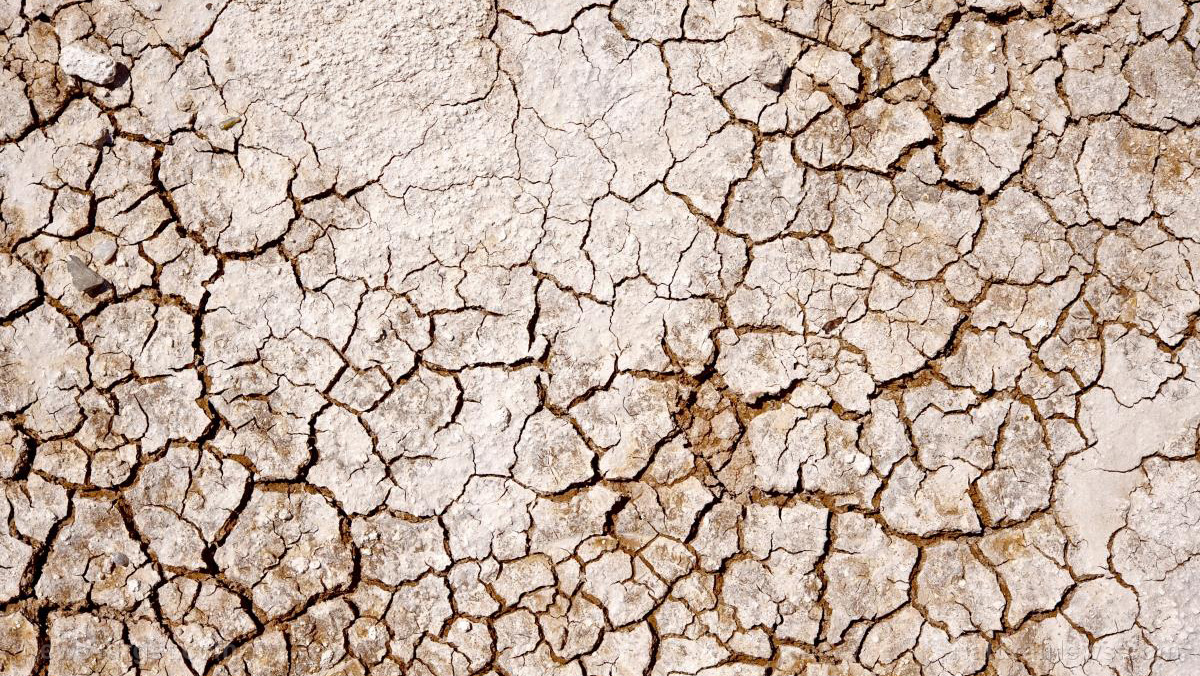
Extreme weather, we are told, is responsible for failing crops all throughout the South, West and Midwest – and at the worst possible time for an already fragile and failing food system.
According to reports, lack of rain coupled with very hot days is killing off corn and soy crops in places like Tennessee, Texas, Kansas and Oklahoma. Those crops feed not only humans but also animals, which spells potential feed shortages in the future.
Temperatures in Texas and Oklahoma remain well into the triple digits with very little rain. Prolonged heat and not enough precipitation is taking its toll as ranchers on parched pastures are forced to sell off their cattle. (Related: Animal feed is also not getting to farmers due to supply chain and railroad issues.)
Iowa, which produces more corn – most of it genetically modified (GMO) – than any other state in America, is forecast to reach 100 degrees Fahrenheit in the western part of the state while Texas and Oklahoma are slated to hit 105+ degrees consistently over the next few weeks.
Oklahoma cattle rancher Charlie Swanson says every day in July so far, temperatures on his ranch have exceeded 100 degrees, including a recent 114-degree day. Since there has also been minimal-to-no rain, this heat is “roasting his pastures,” he says.
Grass and forage that cattle normally eat is withering away, and this is on top of already very expensive feed, fertilizer and fuel, all of which has been hit by record inflation in recent months.
Swanson’s feed costs are now about $100 more per ton compared to last year, and that is on top of highly inflated fertilizer costs. Swanson recently had to sell 80 heads of cattle to a beef packer in Texas because he can no longer afford to feed them.
“Everybody is cutting back on expenses if they can,” he is quoted as saying.
How much more can the food system take before it implodes?
The price of cattle has climbed by about 15 percent compared to a year ago, which is slightly good news for ranchers like Swanson. However, it is not nearly enough to offset the other high costs.
Hay prices were 56 percent higher in April compared to hay prices in 2021, for example. As you can see, the percentages do not even out and cattle producers are bearing the brunt with decreased profits or, in many cases, flat-out losses that could drive some of them out of business.
In Franklin, Tenn., a farmer named Eddie Sanders, a fourth-generation corn grower, says as much as two-thirds of his corn crop could fail this year due to persistent heat and no rain. He is hoping to salvage his soybean crop, which harvests later, but that is also an uncertainty.
“We’re burned up here,” he is quoted as saying. “We’re at the mercy of a rain every 10 days.”
The U.S. Drought Monitor reveals that 26 percent of soybean production and 30 percent of corn production in the country is in areas currently experiencing drought. If climate conditions continue on their current trajectory, the upcoming harvest season will be an absolute disaster.
“Corn is now pollinating in many parts of the grain belt, a time when the plants require the most water,” says Dan Quinn, an agronomist at Purdue University and corn specialist who works with regional farmers.
“Serious drought and heat stress during corn pollination can translate to yield losses of about 9 percent a day.”
The only areas of the country that are not doing this poorly are the eastern portion of Iowa and parts of Illinois and Indiana, which are showing steady corn conditions.
More related news about the destruction of the global food economy can be found at Collapse.news.
Sources for this article include:
Submit a correction >>
Tagged Under:
cattle, collapse, crops, drought, dry, fertilizer, food, food inflation, food supply, fuel shortage, harvest, heat, herds, inflation, supply chain warning, world agriculture
This article may contain statements that reflect the opinion of the author
RECENT NEWS & ARTICLES
WorldAgriculture.News is a fact-based public education website published by WorldAgriculture News Features, LLC.
All content copyright © 2022 by WorldAgriculture News Features, LLC.
Contact Us with Tips or Corrections
All trademarks, registered trademarks and servicemarks mentioned on this site are the property of their respective owners.


